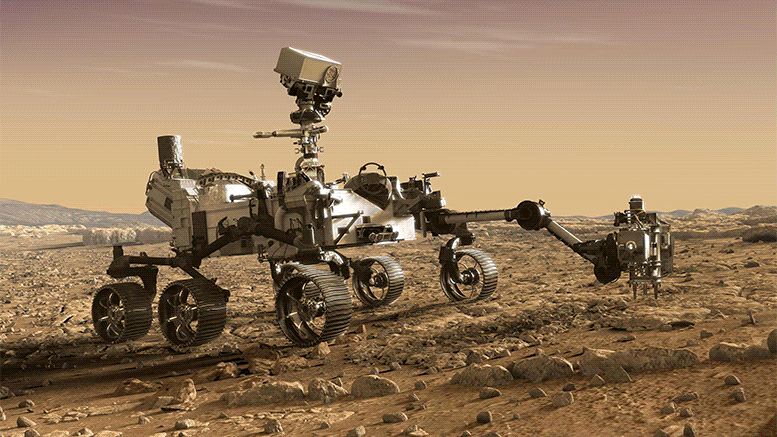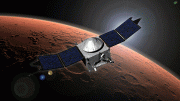
This Week at NASA!
The next commercial cargo mission to the space station, celebrating the first year of Perseverance on Mars, and the first science images from a recently launched mission … a few of the stories to tell you about – This Week at NASA!
Viedo Transcript:
The next commercial cargo mission to the space station …
Celebrating the first year of Perseverance on Mars …
And the first science images from a recently launched mission …
a few of the stories to tell you about – This Week at NASA!
Our commercial partner Northrop Grumman’s Cygnus cargo spacecraft is loaded with more than 8,300 pounds of research, crew supplies, and hardware for the crew aboard the International Space Station.
The Cygnus, named in honor of late astronaut Piers Sellers, is targeted for launch on February 19 from our Wallops Flight Facility atop the company’s Antares rocket.
This is Northrop Grumman’s 17th resupply mission to the space station for NASA.
[And liftoff]
A Russian Progress spacecraft launched to the International Space Station from the Baikonur Cosmodrome in Kazakhstan on February 14 at 11:25 p.m. EST, loaded with almost three tons of food, fuel, and supplies.
After 34 orbits of Earth, the uncrewed Progress arrived at the orbital outpost on February 17 and linked up to the Poisk docking compartment on the Russian segment of the station.
February 18 marked the one-year anniversary of our Perseverance rover’s landing on Mars. Since then, the rover has racked up several firsts.
It has collected Martian rock core samples that may one day become the first from another planet to be returned to Earth on a future mission.
The rover also has served as a base station for the first helicopter on Mars, tested the first prototype oxygen generator on the Red Planet, and recently broken a record for the most distance driven by a Mars rover in a single day.
The Mars 2020 Perseverance mission is part of NASA’s Moon to Mars exploration approach, which includes Artemis missions to the Moon to help prepare for human exploration of the Red Planet.
The magenta color in this image of supernova Cassiopeia A, represents some of the first X-ray data captured by NASA’s Imaging X-ray Polarimetry Explorer or IXPE since completing its month-long commissioning phase.
The magenta color corresponds to the intensity of X-ray light observed by IXPE and is overlayed with high energy X-ray data, shown in blue, from NASA’s Chandra X-ray Observatory.
All instruments are functioning well aboard IXPE, which launched in December 2021 on a quest to study some of the most mysterious and extreme objects in the universe.
According to a new report by an interagency sea level rise task force that includes NASA, the National Oceanic and Atmospheric Administration, and other federal agencies, coastal flooding will increase significantly by 2050 due to a projected rise in sea level
in the next 30 years that could equal the total sea level rise seen over the past 100 years.
The report – used by government agencies to help inform their plans to deal with the effects of sea level rise – concludes that sea levels along U.S. coastlines will rise between 10 to 12 inches on average above today’s levels by 2050.
For more about sea level and climate change, check out sealevel.nasa.gov
That’s what’s up this week @NASA









Be the first to comment on "Next Commercial Cargo Mission to Space Station, Celebrating First Year of Perseverance on Mars [Video]"